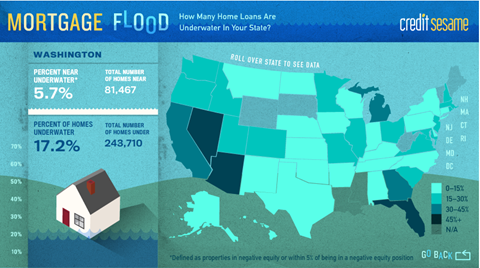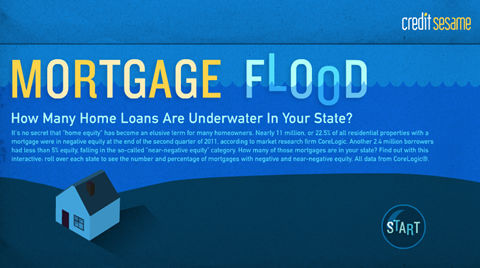 The Federal Reserve acknowledged Wednesday that segments of the economy are looking up, particularly housing and household spending. However, the Fed said it will continue to press forward with its stimulus campaign — which includes a move that is lowering mortgage rates — until the economy shows more growth.
The Federal Reserve acknowledged Wednesday that segments of the economy are looking up, particularly housing and household spending. However, the Fed said it will continue to press forward with its stimulus campaign — which includes a move that is lowering mortgage rates — until the economy shows more growth.
At its latest meeting, the Fed renewed its vow to keep rates near zero until mid-2015. It will also continue to buy $40 billion in mortgage-backed debt each month, a program known as “QE3,” which has helped to push mortgage rates into record-low territory in recent weeks.
"The committee remains concerned that, without sufficient policy accommodation, economic growth might not be strong enough to generate sustained improvement in labor market conditions," the Fed said in a statement.
The Fed said that unemployment still remains high at 7.8 percent, the “fiscal cliff” looms at the end of the year, the global economy is struggling, and the U.S. gross domestic product grew at an annual rate of only 1.3 percent in the second quarter.
Source: “Fed Pledges to Maintain Stimulus,” The New York Times



